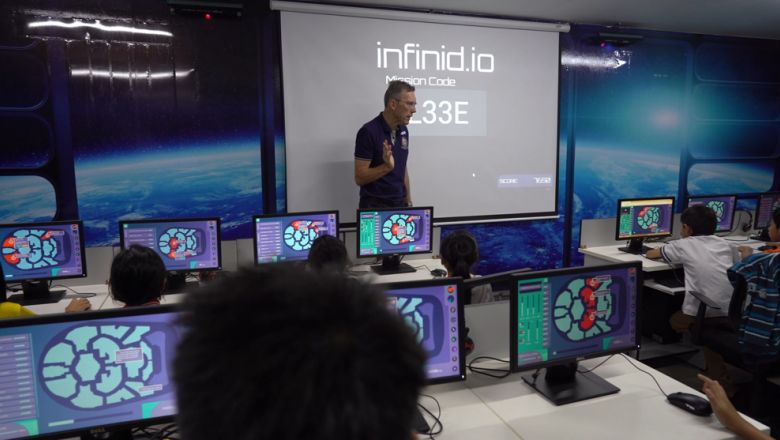Last month students woke up to a new “virtual” reality. Since Cambodia suspended classes due to the Covid-19 outbreak, educators and teachers alike have had their daily patterns disrupted.
Many teachers are grappling with the same challenges as their pupils.
They wonder how best to engage with students, whether the tools at their disposal are adequate, if they are getting results and, most crucially, whether the classroom will ever be the same again.
Srun Sovan, co-founder of local digital learning platform Edemy, told The Post that, despite growing pains, “e-learning is here to stay”.
Her company is responding to the pandemic by supplying educators and students with the Tesdopi app.
According to Sovan, despite growing numbers of the rural population having smartphones, the main challenge is network access.
“Through my experience in travelling to the countryside for workshops, access to smartphones is considerable – with that number increasing among high-school students.
“I think integrating information and communications technology with education helps increase the effectiveness of teaching – it helps teachers stay focused and maximise their interaction with students.
“However, in conventional classrooms, teachers can read students’ body language or ask them questions to ensure that learning objectives are being met,” said Sovan.


